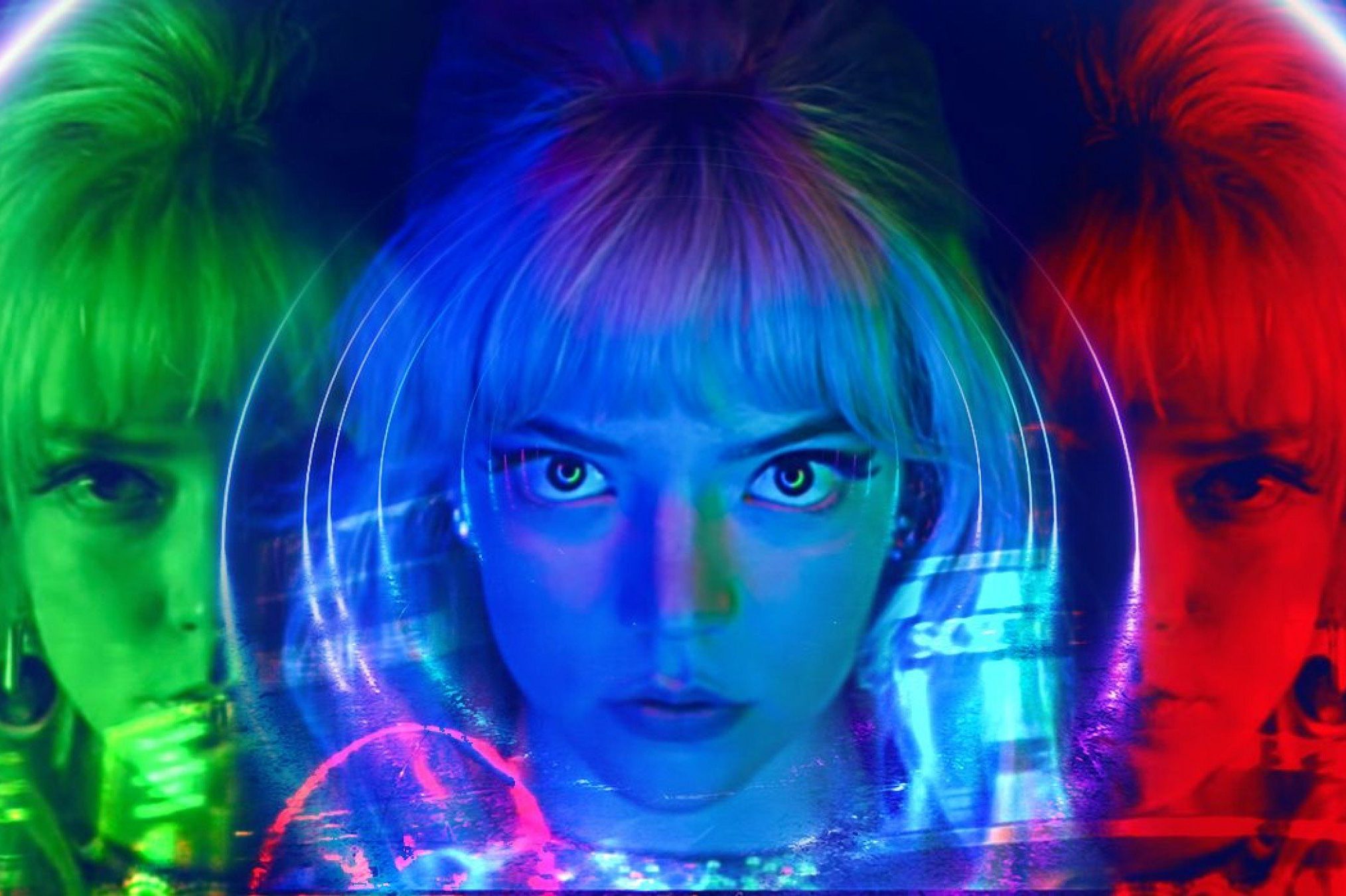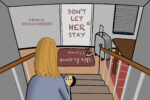Disclaimer: Small spoilers for “Last Night in Soho” ahead!
Once Edgar Wright first started promoting his new film “Last Night in Soho,” fans — including myself — have been awaiting its release. Ever since the release of his previous film, “Baby Driver,” in 2017, audiences have been left to wonder what’s next for Wright creatively. Wright has a way of wrapping his films up like perfect presents and when you believe it can’t get any better, he adds a bow of beautiful details. It’s a shame “Last Night in Soho” doesn’t do the same.
Edgar Wright is one of the freshest and most innovative directors today. Wright uses the layers of film to create colorful worlds we as the viewer become a part of. For instance, in his film “Scott Pilgrim vs. The World,” Wright’s cinematic flair makes you feel as if the movie is a video game and you’re a player alongside the protagonist, Scott. Fun effects and classic sounds immerse you into a world where battles against your evil exes are the norm. With perfectly-timed jump cuts and a reliance on bright visuals, the movie conveys a variety of emotions and meanings.
Another example of his attention to detail is the strong focus on sound design in his film “Baby Driver.” Every song is placed perfectly to line up with the scene, style and even gunshots. It’s one of those films where each time you watch it, there’s something new to notice. I mean, who doesn’t love a never-ending world of lore? It has a predictable plot, but one people still enjoy. It’s like riding your favorite ride at a theme park. You know what’s going to happen, but you still have fun. These two films, along with Wright’s many others, have made me really appreciate him and all his work. Because of this, it was a no-brainer I’d be anticipating his most recent creation, “Last Night in Soho.”
“Last Night in Soho” is a psychological horror film that takes place in London and follows main character Eloise “Ellie” Turner. Ellie is studying fashion in the city in order to pursue her dreams and hopefully get over the ghost of her mother. However, the nights in the city become dreams that force Ellie to confront her past, and the entire time, the audience wonders what is real and what isn’t.
It’s not a bad movie. I’m not saying I would never watch it again. I’m saying Edgar Wright has done better and for this film, I was expecting his best. The casting was absolutely incredible. Among the many talents that comprise the film’s cast are Thomasin McKenzie, Anya Taylor-Joy, and even the 11th Doctor, Matt Smith. All of these stars have been members of other awe-inspiring works. In addition to the performance, the imagery and visuals are a strong suit. The cinematography is sharp, and the color scheme and effects are vibrant. It gives similar vibes to “Suspiria” (1977) and truly captures the significance bright colors can convey within a horror film. It’s a tight-knit production but lacks that special something that evokes a certain “wow” factor that is usually associated with Wright’s work.
Furthermore, the predictability of the plot puts a damper on “Last Night in Soho.” About 30-45 minutes into the film, I was screwing around, guessing how the ending would play out and by the time the ending happened, I had correctly predicted every outcome. The film gives off all this ominous energy, with vague flashbacks left for you to piece together. However, I didn’t realize I actually would. It wasn’t a bad plot, I just wanted more from it. It felt too simple. It felt too easy considering everything that had been built up. Edgar Wright creates these complex worlds full of depth and desires and dreams. This one leaves you with nothing. I never thought I could be blue balled by a movie, but here I was.
Another flaw that distracted me throughout my viewing of the film was the generic, gray ghosts that appeared intermittently. They are supposed to be some of the few “villains” for Ellie but they never feel like a legitimate threat. It’s not a big deal, but it doesn’t help convince viewers of high stakes. They felt like cheap ghosts that would be thrown into a haunted house for Halloween. Maybe if each of the ghosts were a specific person earlier on, it would have felt more real. I understand that vagueness can create a spooky mood, but in this case, it just felt lazy. It felt like an afterthought. I was never scared of them, but all signs around me told me that I should have been.
The most surprising disappointment of “Last Night in Soho” was its sound design. As discussed earlier regarding “Baby Driver” and even Wright’s other films, his music and sound design are usually top-notch — which is why I was confused when this time around it wasn’t. Attention that could have been put into composing music to evoke the time period or even the fact that it was a horror film was completely disregarded. My friend even said something along the lines of how there were “so many needle drops that didn’t need to be there.” It took the easy way out by throwing in a popular ‘60s song in each scene just to remind the audience of what time period it was. I also believe the movie didn’t feel like the suspenseful thriller it should have been because the music fell so flat. If you mix a predictable plot with lazy decisions on sound, your results won’t be that hard-hitting horror movie that Wright’s fans were expecting this film to be.
I love Edgar Wright and I love this movie. I just don’t think I loved it as much as I could have. I feel like the teacher that’s disappointed in her students because I know they aren’t putting in their usual amount of effort. Edgar Wright is an “A+” student, but “Last Night in Soho” is a “B+” project. With that being said, I still recommend you go see it; I would just wait until it’s less than $20 on current streaming services.

















